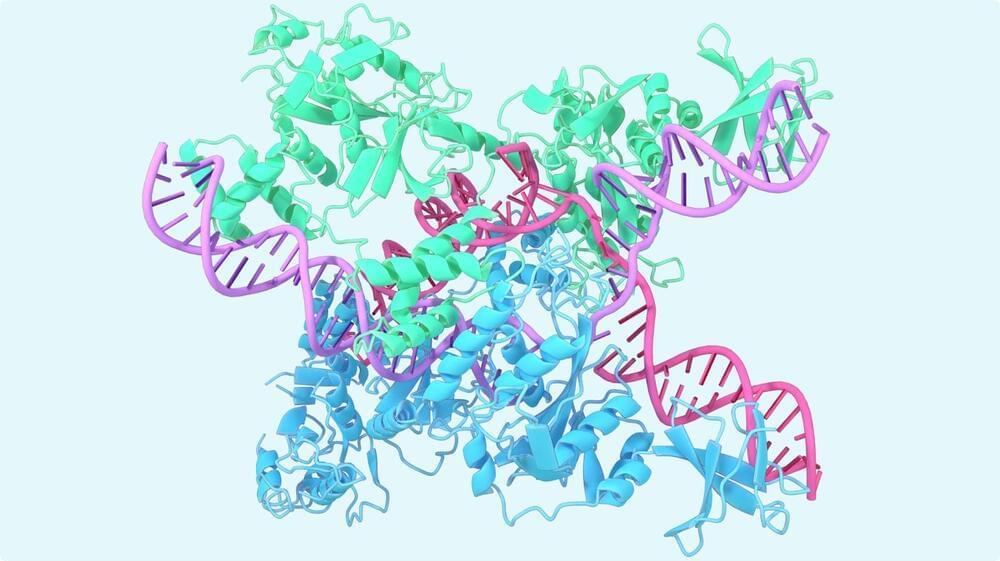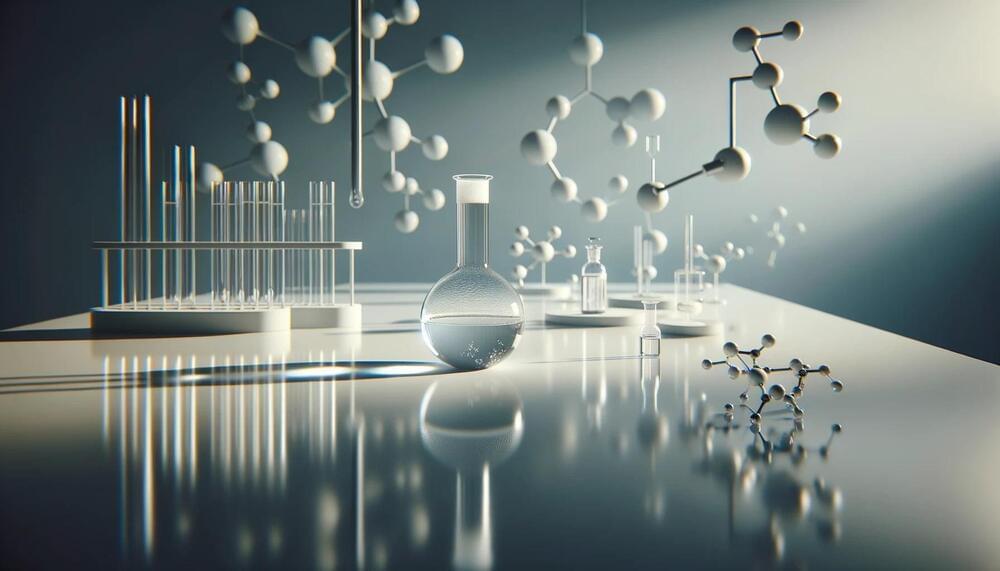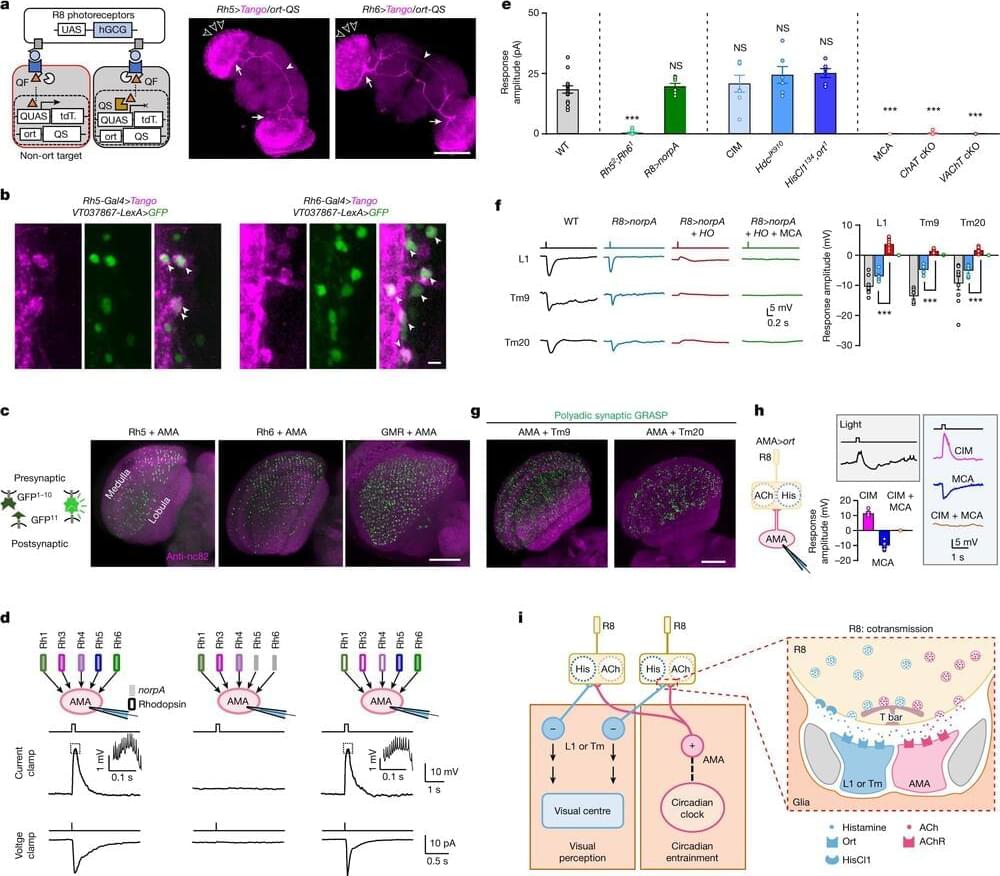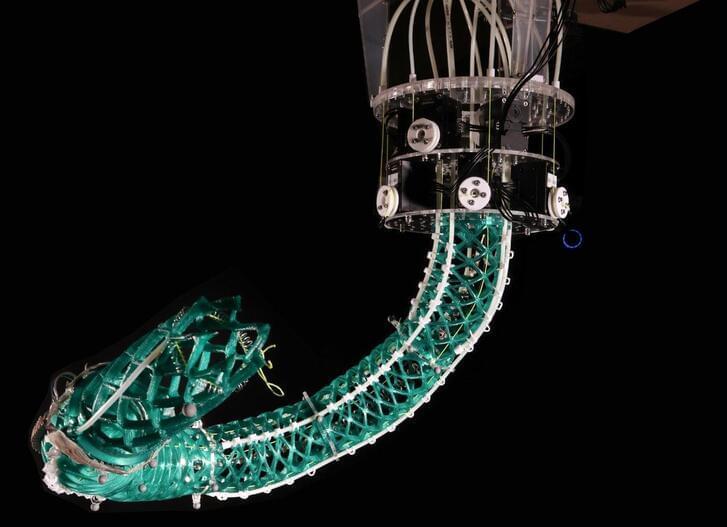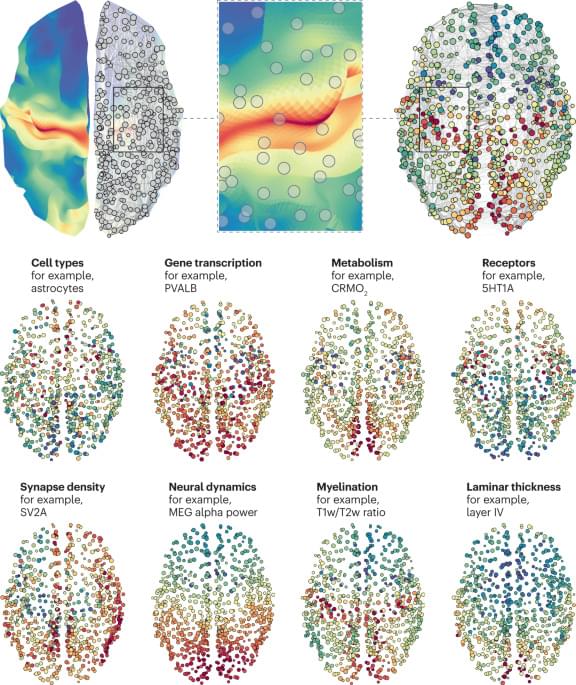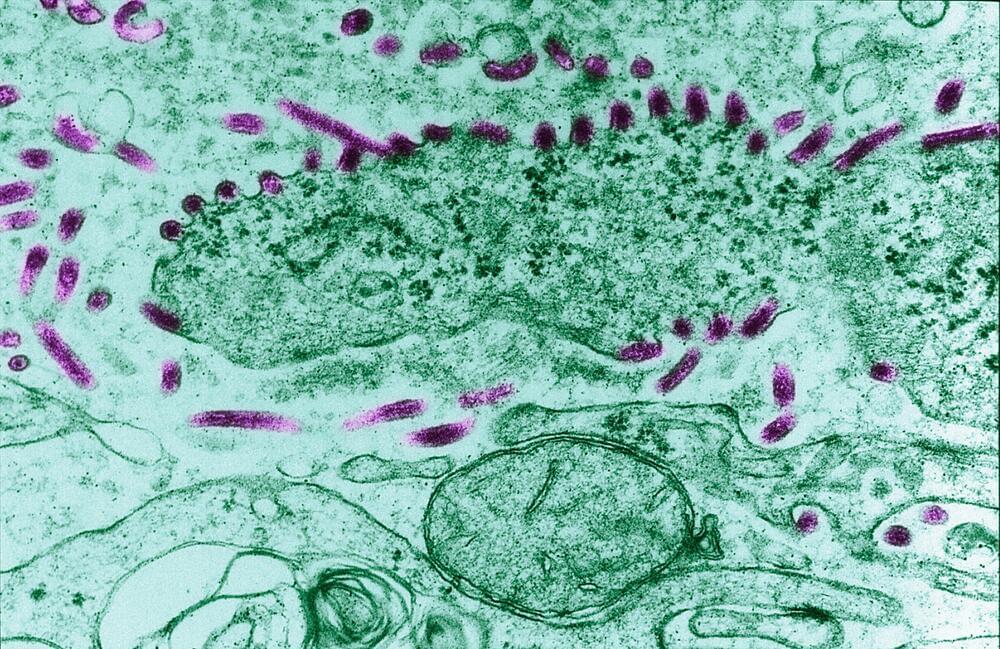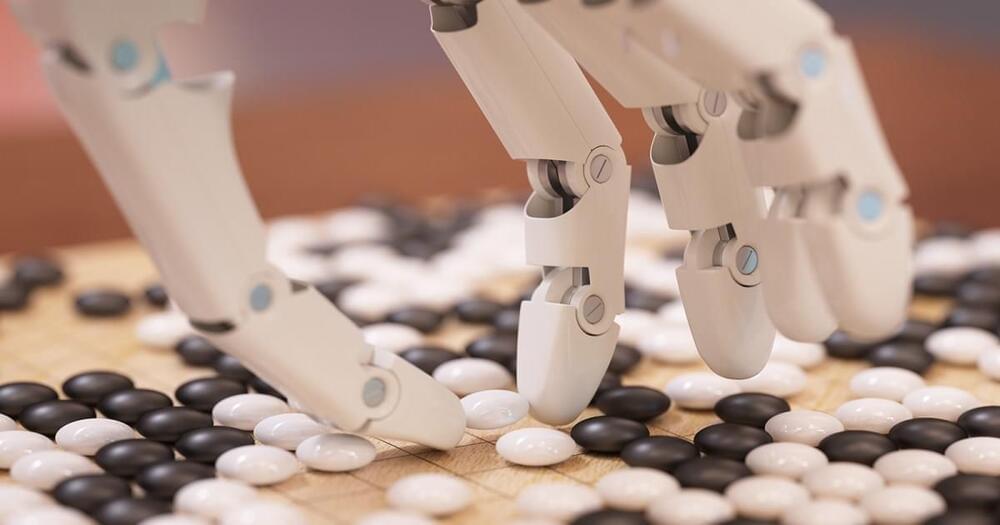Progress update: Our latest AlphaFold model shows significantly improved accuracy and expands coverage beyond proteins to other biological molecules, including ligands.
Since its release in 2020, AlphaFold has revolutionized how proteins and their interactions are understood. Google DeepMind and Isomorphic Labs have been working together to build the foundations of a more powerful AI model that expands coverage beyond just proteins to the full range of biologically-relevant molecules.
Today we’re sharing an update on progress towards the next generation of AlphaFold. Our latest model can now generate predictions for nearly all molecules in the Protein Data Bank (PDB), frequently reaching atomic accuracy.
